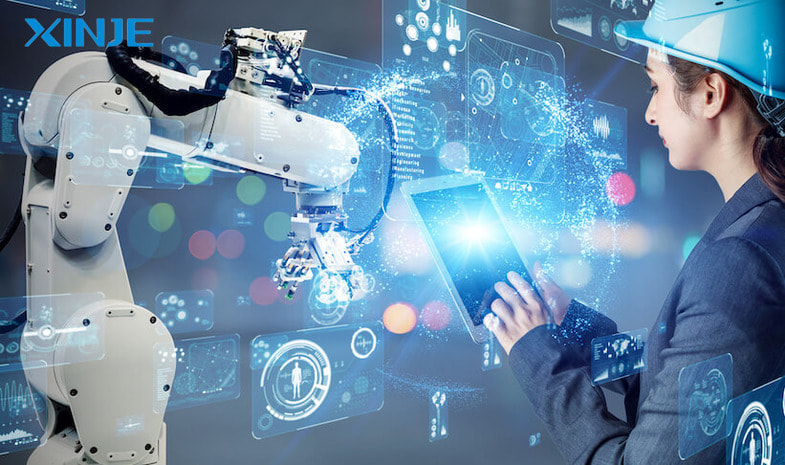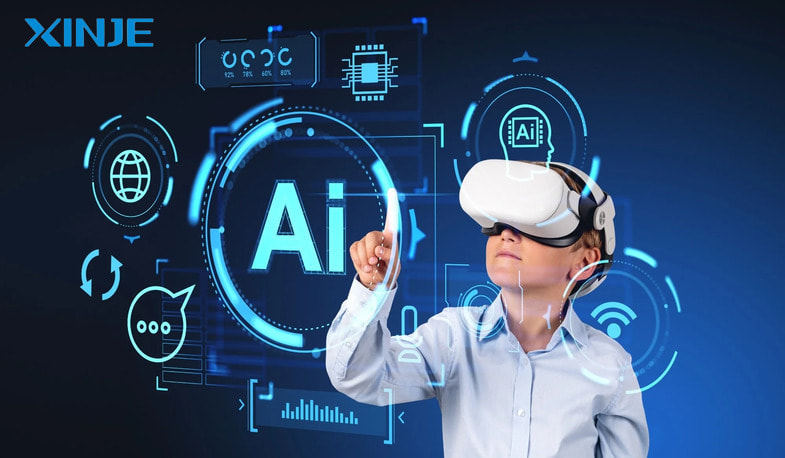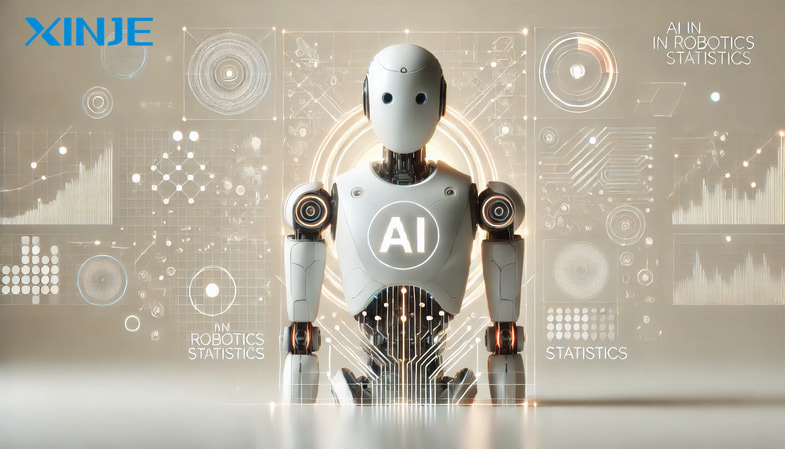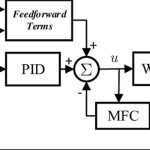In recent years, automation has taken the industrial world by storm. While robots and AI have long been envisioned as futuristic tools, they are now an integral part of our daily operations. These technologies are not only increasing efficiency but also introducing surprising changes to industries that few could have predicted. From healthcare to manufacturing, AI and robotics are shaping the future in ways that are both innovative and, at times, unexpected.
The Rise of AI and Robotics in Industry
The rise of AI and robotics has been one of the most significant technological shifts in modern history. What was once considered science fiction is now a practical reality across various industries.
For decades, automation was limited to simple machines that could handle repetitive tasks. Today, AI and robots are sophisticated, capable of performing tasks that were once reserved for humans.
This rapid technological evolution has been driven by breakthroughs in machine learning, computer vision, and advanced robotics. AI is now capable of performing complex decision-making processes, while robots are more versatile and adaptable than ever before.
This convergence of AI and robotics is setting the stage for a new era of industry that is smarter, faster, and more efficient.
Key Sectors Affected by Automation
AI and robotics are making a significant impact across various industries, from manufacturing to healthcare and logistics. Let’s take a closer look at how these technologies are transforming some of the key sectors.
Manufacturing: Revolutionizing Production
The manufacturing sector was one of the first to adopt automation, with robots working on assembly lines for decades. However, the integration of AI and robotics in manufacturing has gone far beyond simple assembly tasks. Today, robots are involved in every stage of the production process, from design and prototyping to quality control and packaging.
Healthcare: Precision and Care
AI and robotics have also made their way into healthcare, surprising experts with the speed at which they’ve been adopted. In the past, robots were mostly used for repetitive administrative tasks, but now, they’re playing an active role in patient care and treatment.
The unexpected benefits in healthcare are vast, from reducing human error to improving access to healthcare services in remote areas. The use of AI in diagnostics, for example, has allowed for faster and more accurate identification of diseases, leading to better early interventions.
Logistics and Supply Chain: Efficiency at Scale
AI and robotics have significantly impacted the logistics and supply chain industries. One of the most surprising developments in this sector has been the widespread use of autonomous delivery vehicles and drones.
These technologies have the potential to revolutionize last-mile delivery, making it faster, more cost-effective, and less reliant on human labor.
Retail and Customer Service: Personalization at Its Best
In the retail industry, AI and robotics are taking customer service to new heights. AI-powered chatbots and virtual assistants are now commonplace, providing customers with 24/7 support. These systems can handle a wide range of tasks, from answering product inquiries to assisting with returns, all while offering a personalized experience.


Unexpected Benefits of Automation
While AI and robotics are often associated with efficiency and cost reduction, they offer a range of unexpected benefits that are transforming industries in profound ways.
Increased Efficiency and Productivity
The most obvious benefit of automation is its ability to increase efficiency. AI and robots can handle tasks faster and more accurately than humans, leading to significant productivity gains. In manufacturing, for instance, robots work tirelessly around the clock, ensuring continuous production with minimal interruptions.
Improved Safety
Another surprising benefit of automation is its ability to improve safety in hazardous work environments. Robots are now used in industries like mining, construction, and manufacturing to handle dangerous tasks, such as working with heavy machinery or performing inspections in hazardous conditions.
Sustainability
AI and robotics are also contributing to sustainability efforts by reducing waste, improving energy efficiency, and optimizing resource use. In agriculture, for example, robots can plant, water, and harvest crops with minimal environmental impact. Similarly, AI algorithms can optimize energy use in factories, reducing emissions and lowering operating costs.
Personalization
Automation has also led to more personalized experiences for consumers. AI algorithms can analyze individual preferences and behavior to provide tailored recommendations, advertisements, and even customized products.


What are the challenges in adopting automation?
Despite the many benefits, the adoption of AI and robotics comes with its own set of challenges, many of which have surprised industry leaders.
- Workforce Impact: One of the most significant concerns surrounding automation is its impact on the workforce. While automation creates new jobs in fields such as AI development and robotics maintenance, it also displaces workers in roles that are increasingly being automated.
- Technological Barriers: Integrating AI and robotics into existing infrastructure can be challenging, particularly for small and medium-sized businesses. The cost of implementing these technologies, as well as the complexity of integrating them into legacy systems, has proven to be a significant barrier for many.
- Ethical Concerns: As AI systems become more capable, ethical concerns about their use are rising. Issues such as data privacy, algorithmic bias, and the potential for AI to make life-altering decisions are creating new challenges for industries.
- The Future of AI and Robotics in Industry: Looking ahead, the future of AI and robotics in industry is filled with possibilities. Many experts predict that automation will continue to disrupt industries in ways we can’t yet imagine.


Conclusion
AI and robotics are not just transforming industries—they’re surprising us with their rapid evolution and unexpected applications. From manufacturing to healthcare, these technologies are enabling businesses to operate more efficiently, safely, and sustainably.
However, as automation continues to advance, it will be essential for industries to adapt, embrace change, and prepare for the future.
The automation surprise is here, and it’s reshaping the world in ways we never imagined. Now is the time for businesses to take advantage of these innovations and stay ahead of the curve to thrive in the automated world of tomorrow.






